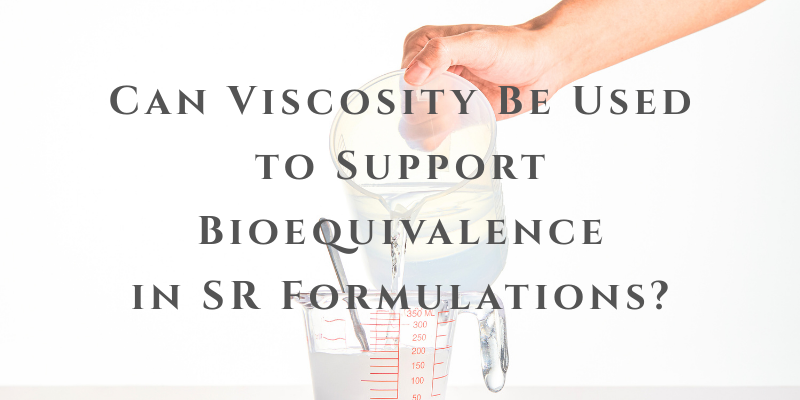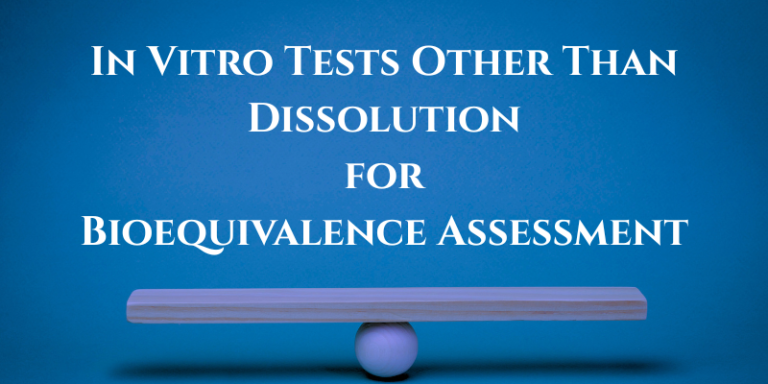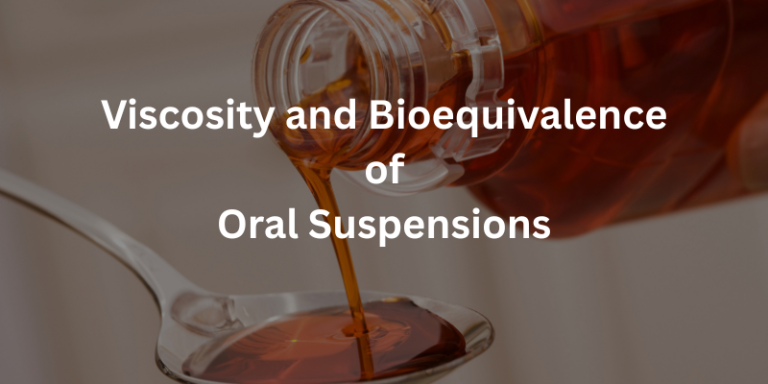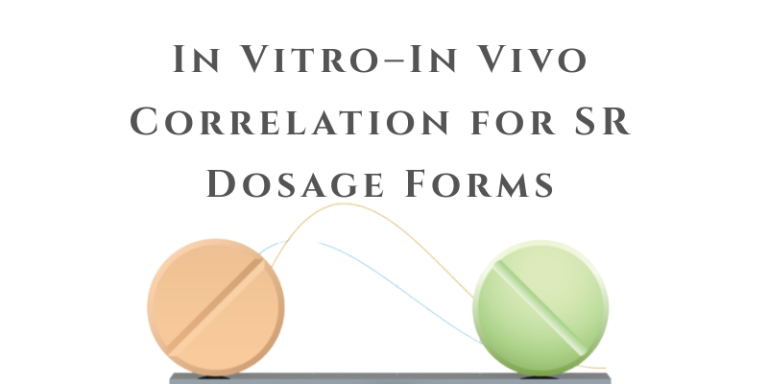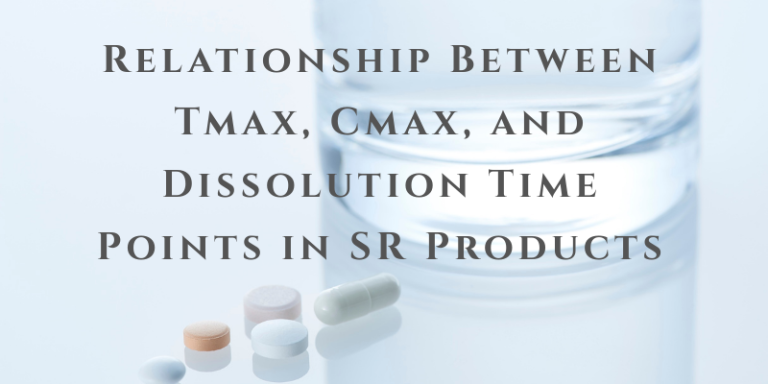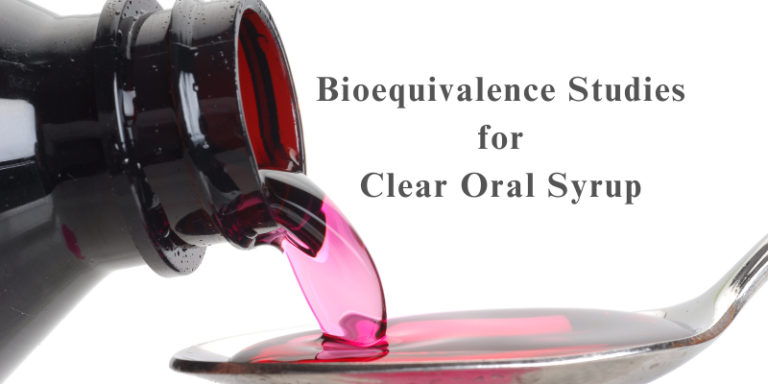Can Viscosity Be Used to Support Bioequivalence in Sustained-Release (SR) Formulations?
A Practical Tool in Matrix-Based SR Product Development
In sustained-release (SR) oral dosage forms, drug release is often controlled by polymeric matrices—especially hydrophilic polymers like HPMC or hydrophobic ones like ethyl cellulose. One critical but often underappreciated factor that governs the release kinetics is the viscosity of the hydrated matrix system.
The gel layer viscosity plays a pivotal role in forming a barrier that controls drug diffusion and matrix erosion. A higher viscosity leads to a thicker, more robust gel layer, which slows the rate of drug diffusion and prolongs release. Similarly, the erosion rate of the tablet surface is influenced by the viscosity of the forming gel—more viscous systems erode slowly, leading to consistent and predictable release profiles.
From a bioequivalence (BE) perspective, viscosity becomes an important mechanistic parameter. If two formulations differ slightly in in vitro dissolution profiles, viscosity studies can help justify such differences. Regulatory agencies like the USFDA and EMA accept viscosity data as a supporting tool in cases involving scale-up, site transfers, polymer grade changes, or post-approval variations under SUPAC guidelines.
Viscosity can also serve as a surrogate marker in IVIVC development or PBPK modeling, helping bridge minor formulation changes when in vivo BE studies are not feasible or are waived.
Key analytical techniques include measuring gel viscosity after hydration in simulated gastric or intestinal media (pH 1.2 or pH 6.8), rheological profiling using viscometers, assessing swelling behavior, and even visualizing gel layer thickness using imaging methods. These studies help link formulation attributes to in vivo behavior, adding scientific depth to BE justifications.
For instance, switching from HPMC K15M to K100M in an SR matrix can slow the release rate significantly—despite being Q1/Q2 equivalent. In such cases, viscosity profiles can help mechanistically explain and support the formulation’s performance.
In conclusion, viscosity is not just a QC parameter—it’s a functional performance attribute that can be effectively leveraged during formulation optimization, regulatory bridging, and bioequivalence strategy design.
Formulators working on SR products should consider viscosity as a critical input parameter—not just for product development, but also for regulatory robustness and lifecycle management.
Read also:
- In Vitro Strategies to Ensure Bioequivalence of Sustained-Release (SR) Formulations
- Key Considerations for Generic Formulation Development
- In Vitro–In Vivo Correlation (IVIVC) for SR Dosage Forms
Resource Person: Moinuddin Syed. Ph.D, PMP®

